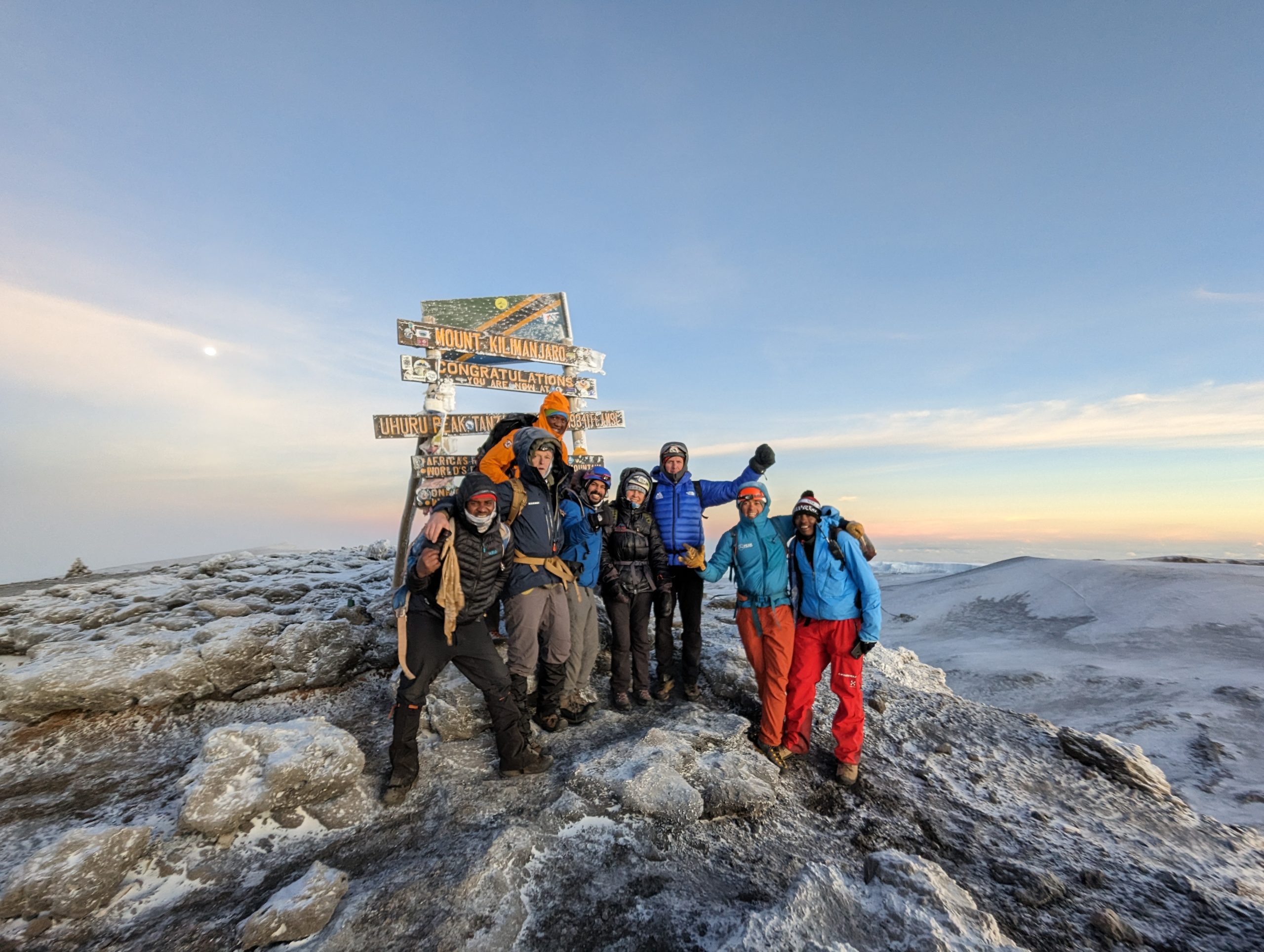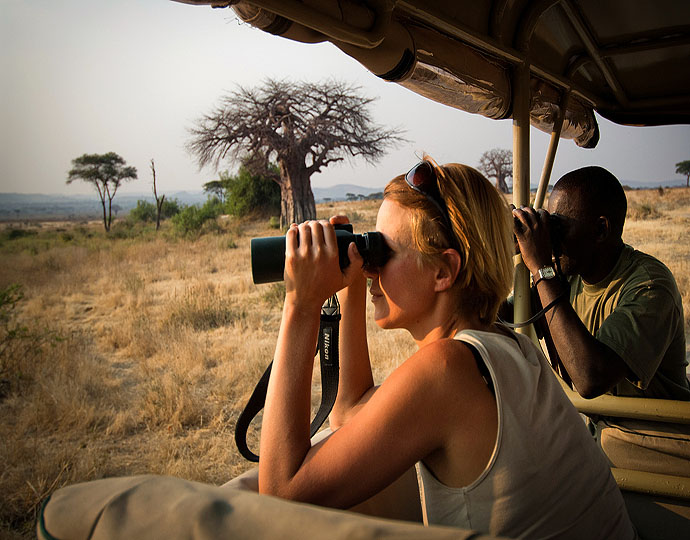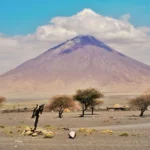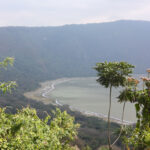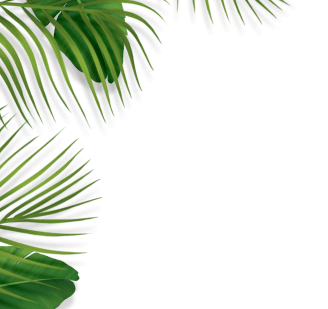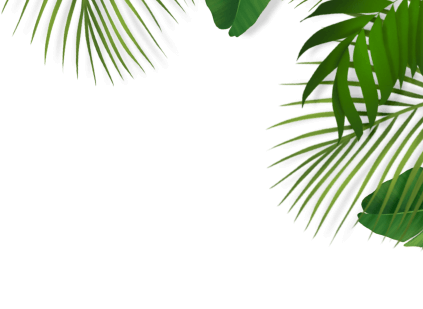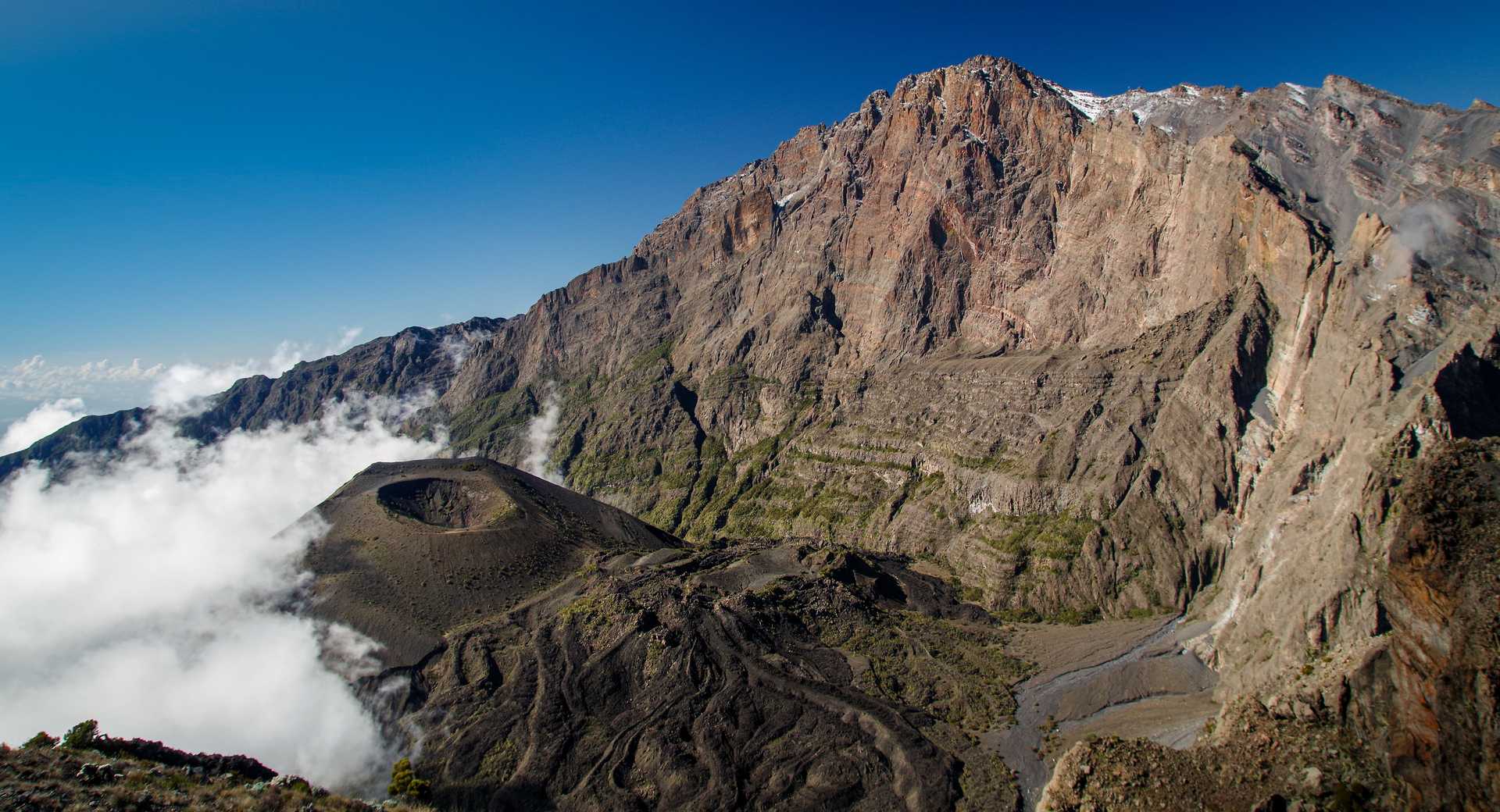
Mount Meru, located within Arusha National Park in northern Tanzania, is the country’s second-highest peak at 4,566 meters (14,980 feet). Known for its scenic beauty and diverse wildlife, the trek up Mount Meru offers a less crowded but equally rewarding experience compared to the more famous Mount Kilimanjaro. The trek provides stunning views, including a remarkable panorama of Kilimanjaro, lush forests, and the chance to see a variety of wildlife along the way.
Trekking Routes and Itinerary
3 – 4 Days Trekking:
Day 1: Momella Gate to Miriakamba Hut:
The trek begins at Momella Gate (1,500 meters) with a gradual ascent through grasslands and montane forests. Wildlife sightings are common, including giraffes, buffaloes, and various bird species. The day ends at Miriakamba Hut (2,514 meters).
Day 2: Miriakamba Hut to Saddle Hut:
The trail continues steeply through forests and heather zones, offering views of Mount Meru Crater and Ash Cone. The hike reaches Saddle Hut (3,570 meters) by early afternoon, providing time for an optional acclimatization hike to Little Meru (3,820 meters).
Day 3: Saddle Hut to Summit (Socialist Peak) to Miriakamba Hut:
An early morning departure leads to the summit, passing Rhino Point (3,800 meters) and Cobra Point (4,350 meters). Reaching Socialist Peak at sunrise provides breathtaking views. The descent returns to Saddle Hut for a short rest before continuing to Miriakamba Hut.
Day 4: Miriakamba Hut to Momella Gate:
The final descent back to Momella Gate follows a different route, allowing trekkers to enjoy more scenery and wildlife.
Best Time to Trek
June to October:
The dry season offers clear skies and stable weather, making it the best time for trekking.
December to February:
Another good period for trekking, with warm temperatures and clear views, though occasional rains may occur.
March to May:
This is the rainy season, making the trails slippery and more challenging, but the landscape is lush and green.
FAQ
Is Mount Meru trekking safe?
Yes, trekking Mount Meru is generally safe, especially when accompanied by experienced guides and park rangers. The trek includes mandatory ranger escorts due to the presence of wildlife.
Do I need a visa to visit Tanzania?
Most visitors require a visa to enter Tanzania. Check with the Tanzanian embassy or consulate in your country for specific requirements.
What should I pack for the Mount Meru trek?
Essentials include layered clothing, a warm jacket, sturdy hiking boots, gloves, a hat, sunglasses, sunscreen, a sleeping bag, a headlamp, and a good-quality backpack. Bring enough water and snacks, along with altitude sickness medication.
Can I trek Mount Meru independently?
No, trekking Mount Meru independently is not allowed. It is mandatory to be accompanied by registered guides and rangers.
What accommodation options are available during the trek?
The main accommodation options on the trek are Miriakamba Hut and Saddle Hut, which provide basic facilities like bunk beds, water, and cooking areas.
Nearby Attractions
Arusha National Park:
Explore this diverse park, known for its varied ecosystems and wildlife, including zebras, giraffes, and flamingos at Momella Lakes.
Mount Kilimanjaro National Park:
Consider extending your adventure by trekking Africa’s highest peak, located nearby.
Tarangire National Park:
Famous for its large elephant herds and baobab trees, it offers excellent wildlife viewing.
Ngorongoro Conservation Area:
Visit the renowned Ngorongoro Crater, home to a dense population of wildlife.
Conclusion
Trekking Mount Meru provides an unforgettable adventure with stunning landscapes, diverse wildlife, and a rewarding climb. Whether you’re an experienced hiker or a nature enthusiast, Mount Meru offers a unique and less crowded alternative to Kilimanjaro, promising an enriching and memorable experience.
